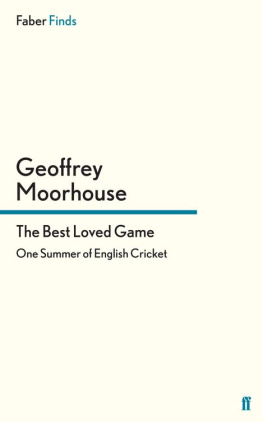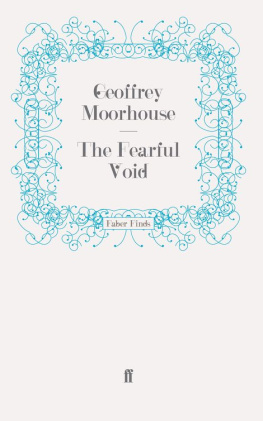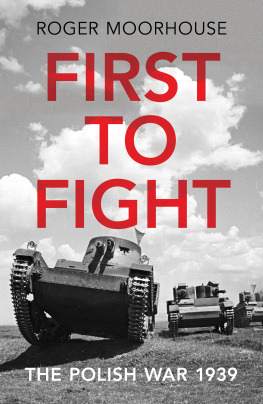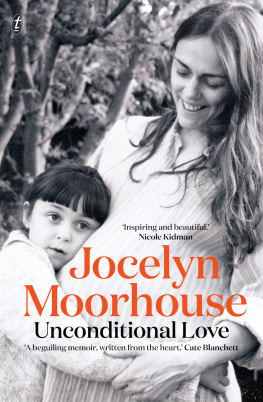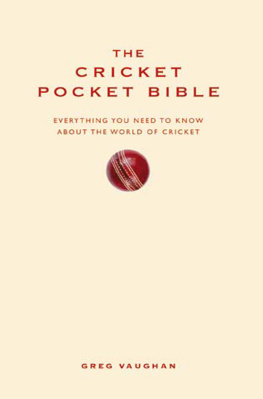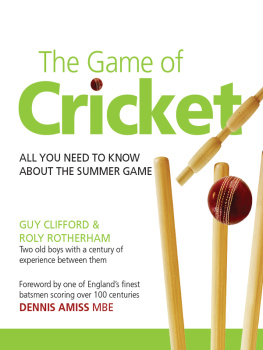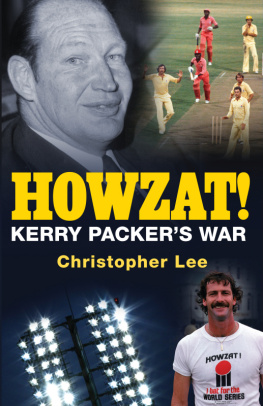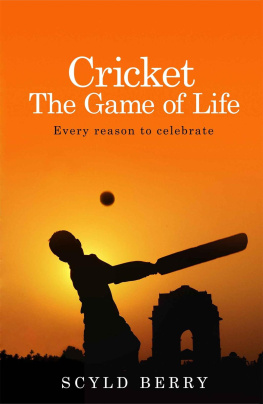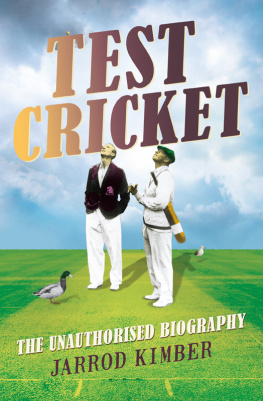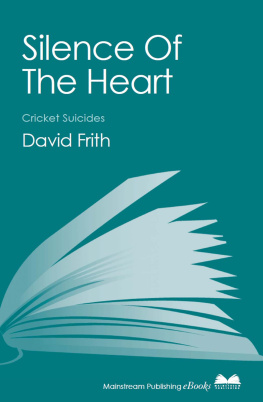Thirrrttee-fiiive yeaaarrrs was a catchphrase in the 1960s radio comedy Round the Horne, used by a couple of aged theatricals recalling past glories. It was meant to convey an unimaginably long period of time. And to me, at that time, it did.
It is now thirty-five years since Geoffrey Moorhouse wrote his cricket classic The Best Loved Game, which also seems unimaginable, but only because it feels like last week. Even so, in that time the game has changed, in many respects beyond recognition, which makes the book more valuable than ever as an elegy for a lost world.
The helmets which Geoffrey found debatable for batsmen and inexcusable for fielders have became de rigueur; indeed they are increasingly being used by wicket-keepers. Maybe one day they will be compulsory for outfielders, spectators and passing pedestrians.
Cricketers are better paid than ever before; they are more professional, more athletic. They are intensively coached and rigorously analysed. The facilities for players and spectators have improved spectacularly. One-day cricket has largely mutated into Twenty20 and sometimes, when it rains, Ten10 or Five5.
All the occasions Geoffrey described persist pretty much in the outward form that existed in 1978, but almost all have diminished, attracting fewer spectators. (Even fewer, one might say in most cases.) Most surprisingly, the end-of-season Cup Final has declined, mainly through mismanagement. Against that, cricket at Hambledon Bat and Ball, Brigands and all is surviving and thriving. And Lords Test matches (the bigger ones, anyway) have not lost their grandeur or popularity.
The range of personalities within the game has contracted markedly. There is less space for a tormented intellectual like Peter Roebuck and none at all for a jolly fat man like David Shepherd. Anyway, encased in their helmets, they do not readily convey their characters to the spectator. Almost every professional makes their career by spending their teenage years doing little else but playing cricket: peer-pressure and coach-pressure and contract-pressure mean deviations from the norm are minor.
And since 2006 British TV watchers have been able to watch live cricket only on Sky TV, which explains the latest leap in players pay. The price has been that crickets place in what is now called the national conversation which reached a modern peak in Englands Ashes-winning summer of 2005 has diminished. On satellite TV, cricket reaches the converted; it cannot reach the uncommitted.
In the next Ashes summer, 2009, I paid my last visit to Geoffrey after nearly a quarter of a century of intense but intermittent friendship: we were busy men living hundreds of miles apart. But we had a long-standing ritual whereby, if I was covering a Headingley Test, I would go and see him on the Saturday, when I did not have to file. So I drove north once more to his beloved and beautiful home outside Hawes in Wensleydale, forgetting that for reasons of both righteousness and economy he did not have Rupert Murdochs channels in the house.
In one way, he was in great shape: he was in love again, with the accomplished and devoted Susan Bassnett. He was still captivated by the cricket, which that day went badly for England: we listened to the radio commentary, watched the highlights and talked till late. But he was fragile, and the parting next morning had a very Geoffreyish mystical dimension: we were saying, without saying, the last goodbye.
I was back in Hawes four months later. We followed his wicker coffin up the hill in the churchyard to the plot he had chosen, scrunching the leaves in the December mist as the light declined. It was a scene that needed Geoffreys powers of description and empathy to do it justice. Read instead perhaps the finest of all his books.
Matthew Engel
Herefordshire,
March 2013
T here are plenty of books I wish I had written, but know I never could: TessoftheDUrbervilles,DavidCopperfield,Ecclesiastes if, that is, you could find a publisher for any of that lot these days. We liked it, Mr Dickens, I can hear them say, but could you cut it back a bit? All this stuff about the great-aunt
I would like to have written TheBestLovedGame too, and I know I never could; not just because Geoffrey Moorhouse is an exceptionally fine writer, though he is that as anyone reading this book will discover. There is a more specialised reason. For the past twelve years I have been on and off, mostly on, a professional cricket writer. The cricket grounds of England and, latterly, the world have become my office. That is my great good fortune for which I am forever grateful. But I have become an inhabitant, not an outsider. I have learned a lot, but I no longer notice the pot plant on the window-ledge, the dust on the mantelpiece, the funny ways of the neighbours: nor do the other residents. Someone more objective has to notice all that.
A regular cricket writer or cricketer might arrive on a ground and notice something deeply obscure and technical about the state of the pitch; a Martian or an American might just notice a group of men standing around in white not doing very much. Somewhere between the two you get the perceptions of a high-class writer with a keen but sympathetic eye; a love of the game undimmed by over-repetition; an outsider with an understanding of the ways of the insiders. That is TheBestLovedGame, and I think it is one of the best cricket books ever written.
Before turning to cricket, Geoffrey Moorhouse had written about such shrouded worlds as India (extensively), the Sahara (which he tried to cross on a camel), a monastery and the Foreign Office. He had written about cricket occasionally as feature writer on the ManchesterGuardian (as was), but only occasionally. So when he decided to spend a summer watching and studying the game, he arrived fresh.
He wisely decided not to spend every day watching, either; but he was there on enough days, in enough different places, to convey the feeling of an English summer and its most characteristic manifestation. He sits in the Mound Stand at Lords (a place for which he has a surprising amount of enthusiasm, for a Lancastrian) and the West Stand at Northampton (moaning capital of the world). Both have now been demolished. He sits on benches at Bacup (Lanes) and Aston Rowant (Oxon) it could have been any year since the world was young.
But it wasnt just any year. It was 1978, one of the drabbest, wettest cricket seasons of recent memory; almost every chapter it is either raining, or about to rain, or has just rained. Good. There is no point in conveying the flavour of English cricket in some one-off idyllic heatwave year. Had the book been written two years earlier (the long, hot summer of 76 which, through mad foolishness, I spent cooped up in an office), it might have had more curiosity value but would have meant less.
Cricket was then also in the midst of the schism caused by Kerry Packer, a figure who is heard growling offstage throughout the book. If there ever have been worse times for cricket, one can only hope we never live through them again. But it was also the best of times, for Moorhouses purposes. If cricket could go on through all the drizzle, through all the torment, then perhaps the game and its verities could survive anything.
It was also a transitional season which in many respects paved the way for the game we have come to know in the mid-1980s. In the early part of the season Moorhouses traditionalist instincts are horrified by the sight of Mike Brearleys skullcap. By midsummer Brearley and many other players had gone much further nothing less than the crash helmet American footballers wear. And if we have subsequently learned to tolerate that legacy of 1978 then most of us would share, even now, Moorhouses righteous indignation.

